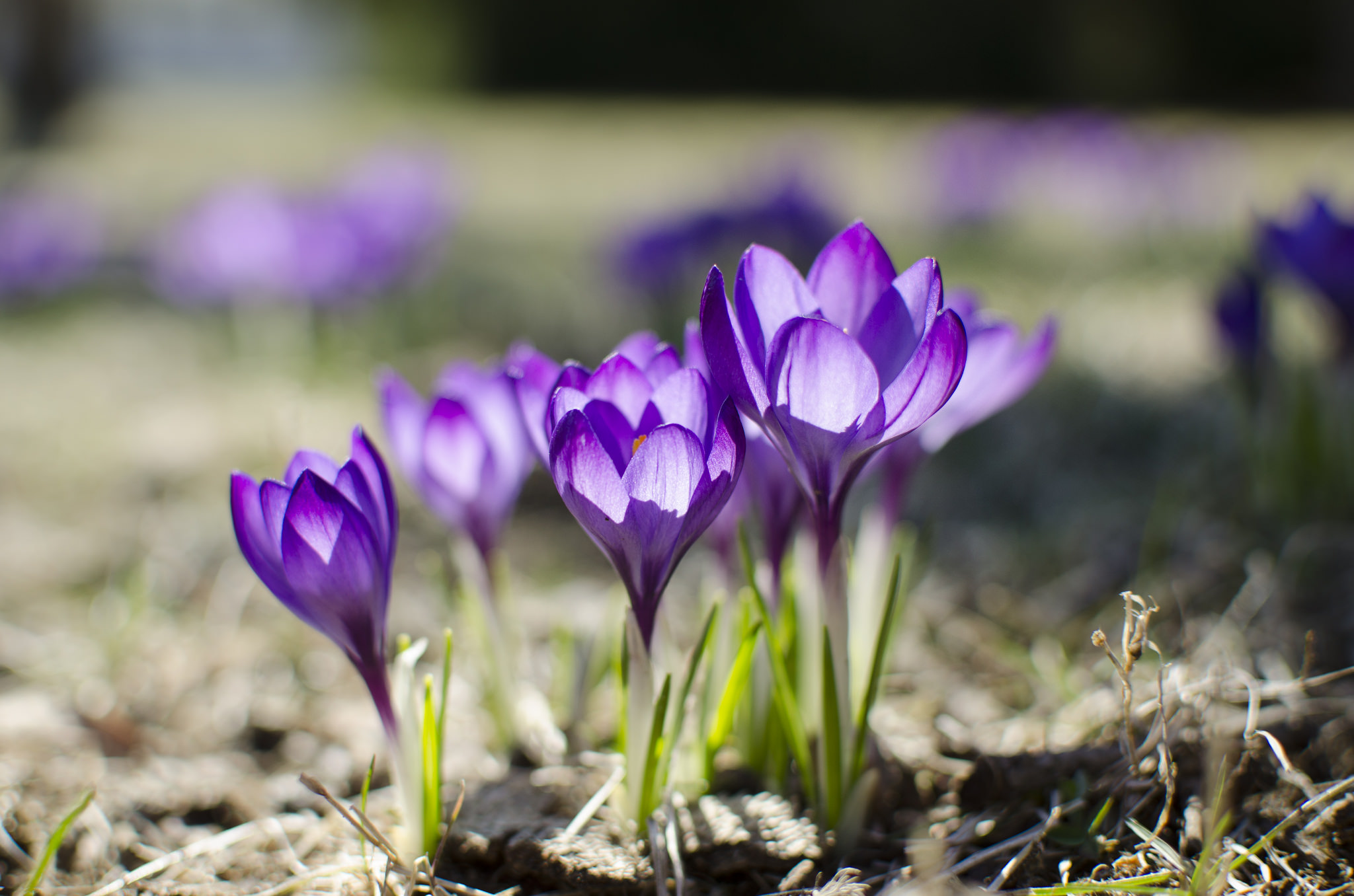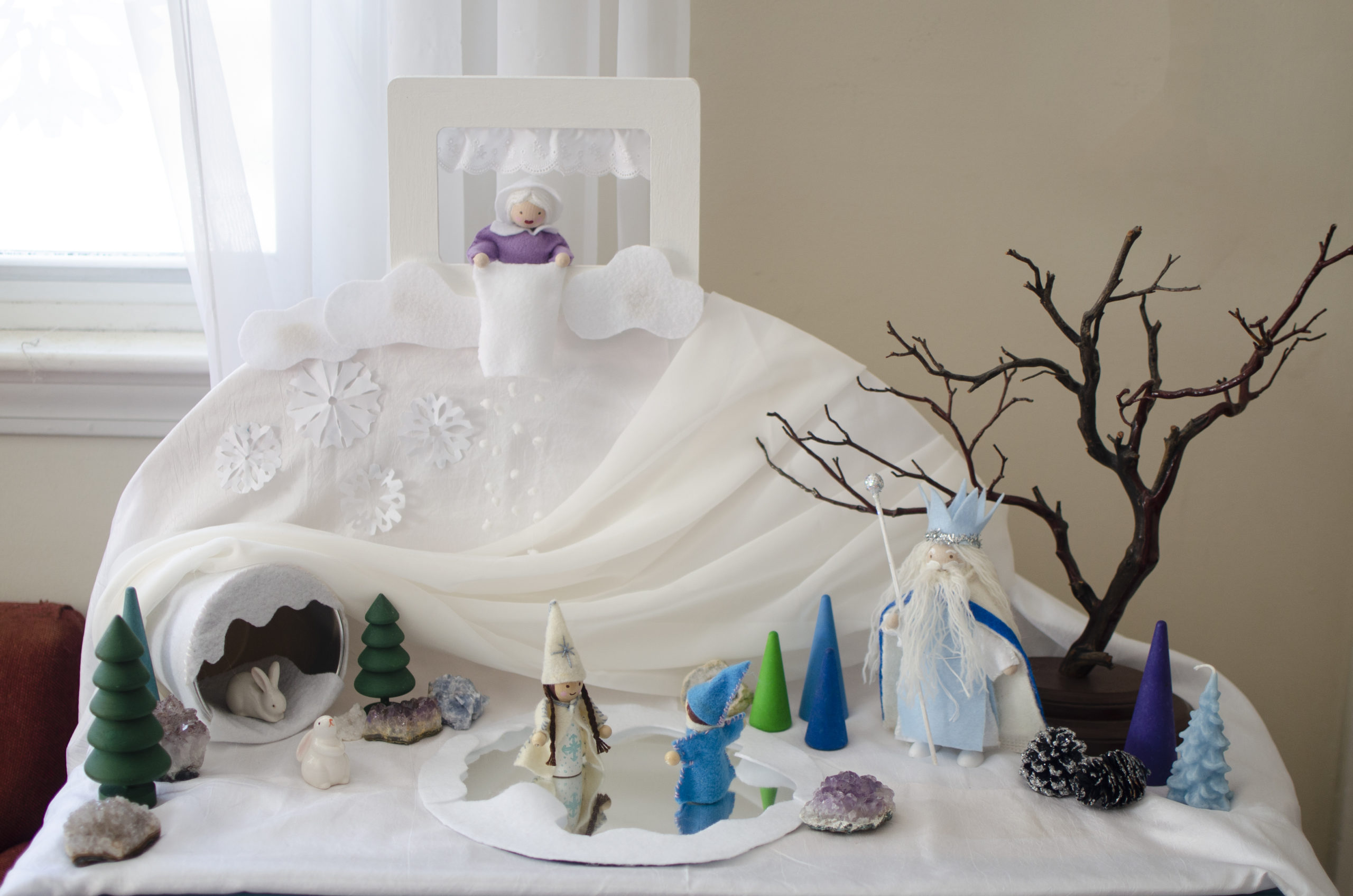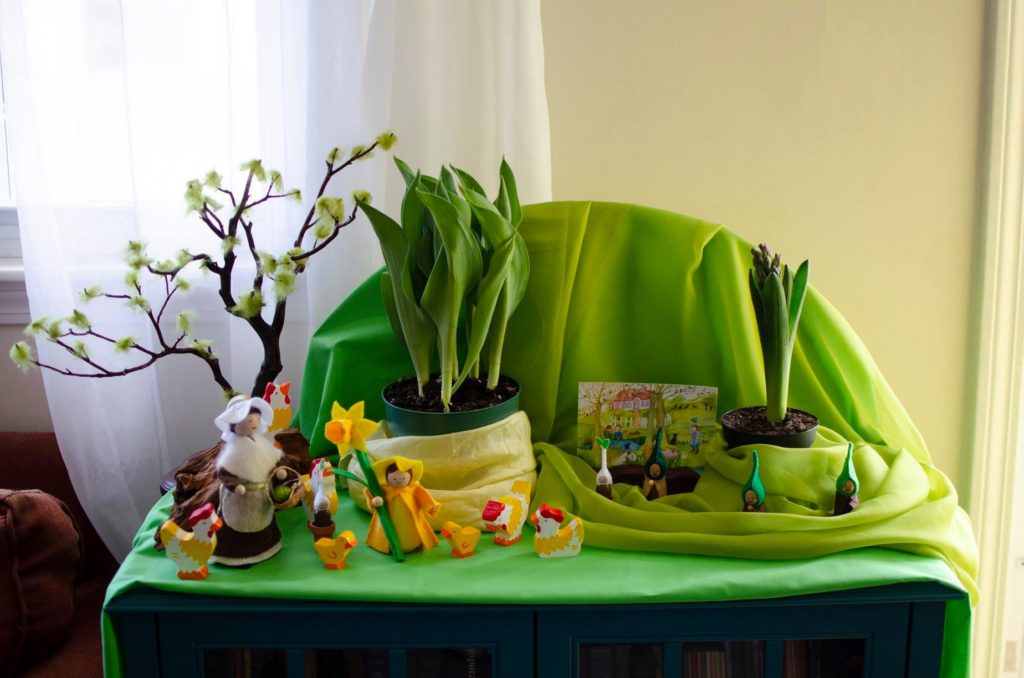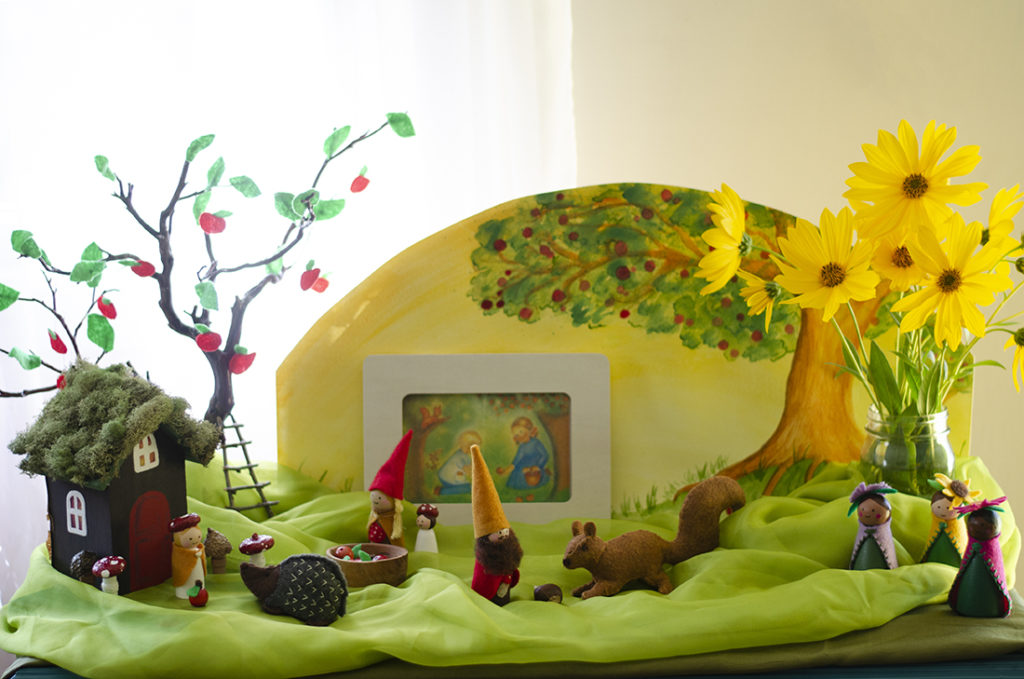If this is your first time visiting Around the Year, you’ll want to start here!

Blessed are they that have not seen, and yet have believed.
—John 20:29
Do not fear, for I have redeemed you; I have called you by name, you are mine.
—Isaiah 43:1
The good news!
The word “evangelize” sometimes has undesirable political baggage attached to it, especially here in the United States. But, did you know that to be an evangelist in the early church simply meant that one was, etymologically speaking, a “bringer of good news”? It’s true! Evangelism comes to English speakers via the Old French evangile or “preaching of the gospel,” which is derived from the Latin evangelium, “good news, gospel,” and before that the Classical Greek euangelion, meaning “the reward of good tidings.” Underlying it all is a connection to the Greek word angelos from which we derive the English word angel. As you can see, the original meaning of “evangelizing” simply meant being the bearer of good news!
So, what is the good news? According to the Catechism of the Catholic Church, the good news can be summarized in this way:
“. . . God has visited his people. He has fulfilled the promise he made to Abraham and his descendants. He acted far beyond all expectation – he has sent his own ‘beloved Son’.”
Or, put another way by Bishop Robert Barron:
The basic meaning of the ‘Good News’ is the resurrection of Jesus from the dead. When the first Christians announced euangelion (glad tidings), that’s what they meant. ‘You killed him, but God raised him up’ is the basic form of kerygmatic preaching. What this entails is that God’s love is more powerful than sin and death, more powerful than anything that is in the world . . . The Good News is that the new and authentic King has won the decisive victory—and now it’s time to join his army.
. . . [T]he dimensions of Jesus’ victory are expanded infinitely outward . . . Jesus is God’s final and definitive rescuing of the human project.
There is no better time than right now to begin your relationship with God—He is calling you by name at this very moment!

Remember also your Creator in the days of your youth, before . . . the dust returns to the earth as it was, and the spirit returns to God who gave it.
—Ecclesiastes 12:1-2,7
A manifestation of God’s love.
I created Around the Year to bring the Good News to my small corner of the world. I have found that celebrating the seasons of nature and the Christian year at home, as a spiritual discipline, deepens my faith and gives me the opportunity to share my experience of God’s love with family and friends. I feel blessed to be in a constantly evolving relationship with God, and Around the Year is one manifestation of this relationship—everything you see on this website has been brought about through the workings of God’s grace in my life. Around the Year is one of the ways I respond to God calling me to Him, over and over again, and my work here is one way that I act as God’s witness in the world.
When we make space for God in our lives by attending Mass, engaging in prayer and contemplation, reading Scripture, celebrating the beauty of Creation, and observing the Christian feasts, festivals, and holy days throughout the year, we are answering God’s invitation to love and be loved by Him, and to share His love with others.

For as the rain and the snow come down from heaven, and do not return there until they have watered the earth, making it bring forth and sprout, giving seed to the sower and bread to the eater, so shall my word be that goes out from my mouth; it shall not return to me empty, but it shall accomplish that which I purpose, and succeed in the thing for which I sent it.
—Isaiah 55:10-11
A closer look at the origins of our seasonal, cultural, and liturgical traditions.
The Western liturgical year (or Christian year), which is the collection of feast days, saints’ days, holy days, and the cycle of Scripture readings, has existed for a very long time. Even though the Christian faith now comprises many different denominations—or, “ways of doing things”—the liturgical calendar was already in place prior to the social and political changes that brought about the creation of these many branches. And, many of the important days in the Christian calendar already held marked significance for our pagan forbears, who noted the changes in the seasons and the other ways that God was slowly revealing Himself through the natural world.
When we align ourselves to the movement of the seasons and the liturgical year, we are placing ourselves on a continuum of cyclical human activity that reaches back thousands of years into the past. Incorporating the feasts, festivals, and traditions of our ancestors into our lives gives us the opportunity to exist outside of our individual experiences. And, it gives us a chance to protect the gift of our cultural heritage, and pass it along, so that coming generations will be able to find their place on the continuum, too. Lastly, the celebration and observance of important dates throughout the Christian year is an important spiritual practice; it glorifies God and enriches our faith.
Where do we start?
The absolute best place to start on your journey around the year is to find a spiritual home where you can pray, worship, and receive the Sacraments (you can find a Mass to attend wherever you are in the world at MassTimes.org). Having a place to worship on a regular basis (not just Christmas Eve and Easter) will strengthen your faith, and provide opportunities to celebrate the Christian year in community with others. You’ll also want to make time for frequent contact with nature. Spending time in the natural world is a wonderful way to celebrate God’s Creation, and to really understand and feel the movement of time throughout the year.

While the earth remains, seedtime and harvest, cold and heat, summer and winter, day and night, shall not cease.
—Genesis 8:22
Above and beyond those two basic directives, perhaps the easiest place to start if you want to align yourself with an older manner of timekeeping is with observance and celebration of the four seasons: Winter, spring, summer, and autumn. Each season is marked by changes in weather—in some places more extreme than in others—and their arrival is announced by either a solstice (winter and summer) or an equinox (spring and autumn).
In my home we make a conscious effort to mark the year’s changes: We have a Season Table where we create a display for the season of nature we’re in or the special feast day or festival season of the Church year; we have a branch mobile in our kitchen that we decorate for each season, as well; and I make subtle changes to other decor around the house, such as the pictures hanging in various rooms. These simple things have made a tremendous difference in my life and have helped me to focus my attention outside of myself. Time never moves too quickly or too slowly because I am fully immersed in the natural world and its changes that are occurring all around me.
More about the Christian year:
Just like the solar year, the Christian year is also divided into seasons. The official seasons recognized by the Church are as follows: Advent in late autumn, Christmas in winter, Ordinary Time (Time after Epiphany) and Lent in winter, Easter in spring, and Ordinary Time (Time after Pentecost) in the summer and early autumn. [Note: The “ordinary” in Ordinary Time refers to ordinal numbers, not to something common or basic.] In addition, in my home we also celebrate important festivals at St. John’s tide in summer, Michaelmastide in early autumn, and Martinmastide in late autumn (more to come on this soon!).
Each of these different Church seasons corresponds to a color, which provides an opportunity to incorporate aspects of the Christian year into one’s home and everyday life. For example, I like to put out a few candles on my dining table and use them throughout each season (i.e. white candles at Eastertide, green in Ordinary Time, etc). It’s also nice to incorporate liturgical colors into the season table.
- Advent – Blue-Violet
- Christmas – White
- Ordinary Time – Green
- Lent – Red-Violet
- Easter – White
- Pentecost – Red
Once observance of the seasons of the Christian year has been established, then incorporating the feasts and holy days is the next logical step. Because there are so many feast days, saints’ days, and other holy days in the Christian year, it would be nearly impossible to celebrate all of them every year. I recommend starting out slowly with just a few that speak to you, and then building on that over time.
The point of any of these practices is to draw closer to God and to grow, spiritually. Getting lost in the details and trying to do too much will likely cause the opposite to happen. If you can’t get it together and miss a feast day, fear not! God willing, you’ll live to see another Michaelmas. So, why not start with one special day per season, and then add more when you feel ready?
Where would you like to go next?








